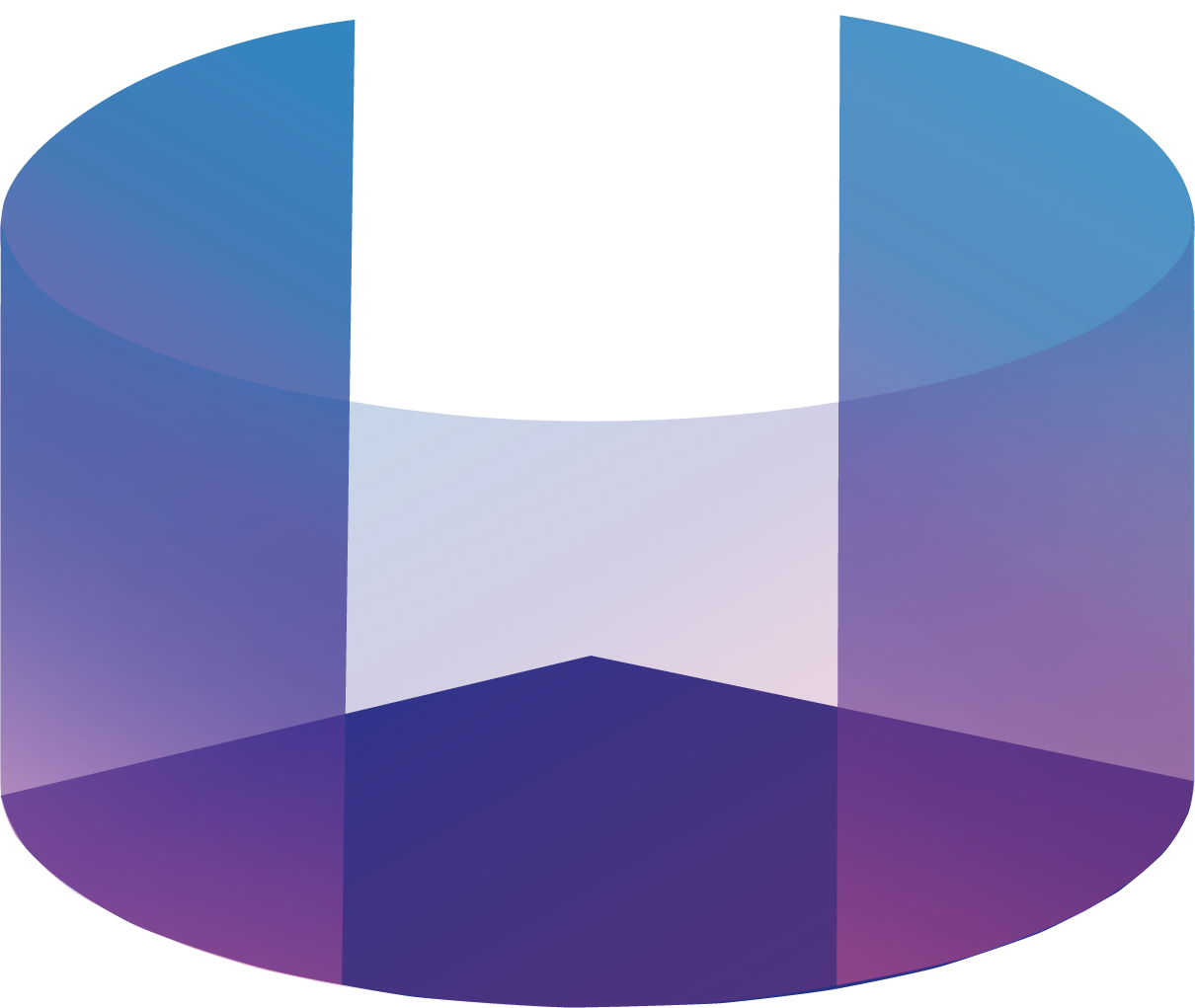LED Volumes in Virtual Production | Challenges & Solutions by WLab
Discover how LED volumes enhance brand experiences and virtual production — covering key challenges like colour shift, moiré, synchronization and lighting, plus actionable solutions from our NYC studio.
LED Volumes for Virtual Production: Commons Issues & Solutions for Brand Opp
XR Sets and Virtual Production for Brand Content
From immersive brand experiences and XR stages to location-agnostic virtual production, big LED Volumes (a.k.a. LED Walls) are rapidly becoming a dominant part of the XR toolkit.
Actors can be captured and filmed in anamorphic virtual environments, directors get real-time control of the entire set version build, and brands get full creative control of: spectacle, actor performance context, and visual storytelling.
But despite the advantages, using LED walls as part of a set mix still comes with a variety of practical and technical challenges.
In this white paper, we’re going to examine typical real limitations and paint a set of best practices for the format, based on what we regularly do at WLab.
What is an LED Volume?
LED volumes and big video displays (a.k.a. LED video walls or “LED Volumes”) are a key part of immersive video production. They can project an environment in real-time as a background for the set.
The ultrawide video images are created from 3D scene data in real-time engines, fully customizable and interactive. Then it’s possible to:
Place objects (and actors) within that virtual 3D set
Render the visible part of the environment onto the LED walls in surround view
Film both actors and backgrounds without any post-production compositing
With a few caveats, LED volumes are a potent way to mix live and virtual elements in the promotional or brand value narrative.
Common Limitations and Pain Points
Despite the advantages, the use of LED walls as part of a broadcast or other video production setup still comes with a defined set of challenges and limitations:
Color Space and Gamut Issues (Color Shift)
LED panels and rendered images have certain color spaces and gamuts that don’t match professional cameras—for example, 110°/D65 (Rec. 709). So while the LED just looks fine to the naked eye, the camera records significantly shifted colors.
Aliasing and Pixel Grid Artifacts
If the view in a camera or rendering engine comes too close or in a zoomed-in view, the LED aperture and pixel layout start showing as a “moiré” or “moire” pattern. The larger the LED pixel pitch, the more pronounced this effect.
Refresh Rate, Genlock, and Frame Rate Limitations
If the LED processor cannot synchronize and match the camera refresh rate and frame rate, the resulting flicker and pulsation on the walls will be noticeable on film.
Disturbing Lighting Interactions
LED walls provide ambient light but may not be sufficient for realistic key/fill lighting of actors. Color or direction mismatches are clearly visible on the recorded video.
Preparation time and possible technical overhead
Running a big LED wall is not as simple as it seems from the outside. Content must be prepared properly: cameras should be calibrated, color profiles tested, and the entire pipeline planned ahead of the shoot.
How to Solve These Challenges with LED Volume
Despite the “Black Mirror’ issues, virtual production with LED walls is fundamentally a great technology. The question is: how do we work around these limitations and take the format to next level applications?
Here are our pro recommendations for virtual volume content and shoot planning:
Color management and calibration: the color pipeline in your engine → LED screen → camera needs to be calibrated and tested upfront. Don’t trust “eye test” alone; do your tests with the target lens/camera. Otherwise, you’ll see puzzling “color shift” and “oversaturation” effects.
For video capture, the LED pixel pitch (the distance between tiny LEDs) must be carefully planned relative to the camera’s sensor and view distance. Looking too close or “zoomed” into a massive wall will lead to distracting “moire” or “aliasing”: close interlocking of the pixels with the sensor pattern.
The LED driver (processor) must support the required frame rate and genlock for your camera and render device, and the whole system must be in sync. If refresh rate and exposure don’t match, the LED wall will look like it’s flickering or “banding” in the resulting video.
Integrating lighting interaction into the virtual set: Some LED wall systems can function as ambient light highlighting and reflection. Don’t throw out all your traditional fill and key lights! Match the virtual scene’s direction and brightness.
Content pre-preparation and virtual set integration planning: model your LED volume and put it through the paces. First, test the lighting and color “feel”, and second, test the fitting of virtual with real elements for spatial match and convergence.
Conclusion
Virtual production using LED walls and big screen arrays is undoubtedly a key trend in immersive promotional and branded video content. The format creates new creative and technical possibilities for virtual–real environment integration.
However, planning an LED volume shoot requires specific care. Color space, refresh rates, moire and aliasing, and real and virtual element lighting must be carefully considered and pre-tested.
At WLab, we specialize in capturing data and content on LED volumes, from virtual event concepts through planning, preparation, and on-site execution. Get in touch to find out how we can plan an LED volume recording that's perfect for your brand.

